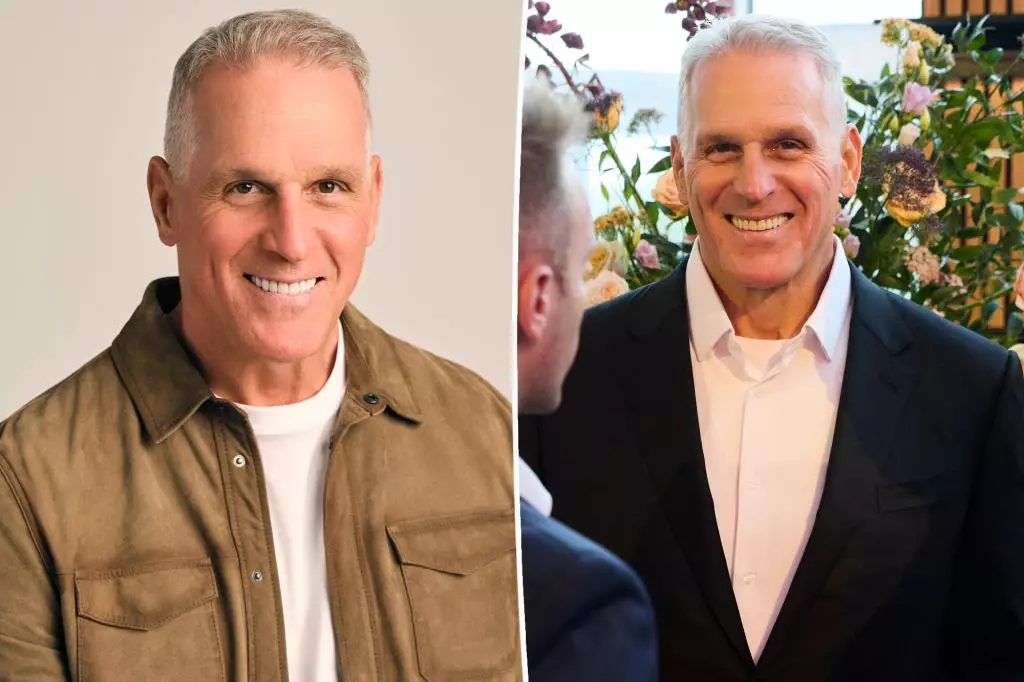The rise of senior dating shows like ABC’s “The Golden Bachelor” represents a fascinating cultural shift, highlighting that the search for love doesn’t stop with age. Yet, this newfound spotlight on older adults dating openly also reveals entrenched biases, particularly concerning age and physical appearance. Mel Owens, the 66-year-old lead of the upcoming season, recently sparked controversy by openly stating he limits his dating pool to women between the ages of 45 and 60 and dismissing those older as less desirable due to physical health or cosmetic concerns. His blunt criteria — including remarks about avoiding “artificial hips and wigs” — expose a harsh side of dating that often goes unspoken but becomes glaringly visible in televised settings.
Owens’ comments illustrate a paradox often faced by older individuals in the dating world: the assumption that age should dictate strict boundaries on romantic eligibility, combined with superficial standards reflecting youth-centric ideals. While his honesty is refreshing in a way, it also betrays a narrow view of attraction that disregards the diversity of beauty, vitality, and connection found beyond arbitrary age limits. This perspective understandably triggered backlash on social media, where many observers labeled his views as ageist and shallow rather than empowering.
Ageism Under the Guise of Selectivity
Critics contend that Owens’ remarks reinforce harmful stereotypes. Closing the door on anyone over 60 reduces a vibrant and growing community of dating seniors to caricatures defined solely by physical health or appearance. The dismissal of women with “artificial hips” or those who wear wigs is especially problematic because it conflates visible signs of aging or medical necessity with diminished value as romantic partners. This attitude echoes a broader societal issue: the devaluation of older adults’ desirability and worth, especially women’s.
Furthermore, framing the show as “The Golden Bachelor” but emphasizing youthfulness and fitness directly undermines the premise of celebrating love in later life. FITNESS and self-care are certainly admirable, but making these prerequisites risks invalidating a large swath of older adults who are perfectly capable of meaningful relationships regardless of health or appearance. Mel Owens’ stance inadvertently perpetuates unrealistic standards that make senior dating—already challenging due to shrinking social circles—even more daunting.
From First Season Love Stories to Real-Life Complications
Ironically, the show’s inaugural season starred Gerry Turner, a 72-year-old who dated women aged 60+ and even got engaged to a 71-year-old partner, Theresa Nist. Their union seemed to defy stereotypes about age and romance, giving many viewers hope that love later in life could be fully authentic and successful. However, their split after just three months of marriage highlights the often complex realities behind televised romance, making clear that challenges faced by senior couples can be just as profound and nuanced as those encountered by younger partners.
Nist’s subsequent revelation of being approached by much younger admirers on Instagram adds another layer to the story. It demonstrates how senior dating does not occur in a vacuum but intersects with societal attitudes about cross-generational attraction and age gaps. While this may be flattering to some, it presents questions about what older individuals seek and deserve in relationships — should partnership always align with one’s age cohort, or is there room for broader definitions of compatibility?
The Broader Implications for Senior Dating Culture
These developments compel us to reconsider how senior dating is framed in media and society at large. While shows like “The Golden Bachelor” are powerful platforms to challenge invisibility and loneliness at older ages, they risk reinforcing shallow or exclusionary norms if not handled thoughtfully. Casting decisions, participant preferences, and public discourse around these shows should ideally promote a more inclusive and compassionate understanding of aging, attraction, and companionship.
Mel Owens’ candid but controversial criteria underscore an uncomfortable truth: even as older adults form new romantic connections, societal pressures to conform to youth-centric beauty and vitality persist. This tension reveals that ageism is not just a societal problem but an internalized barrier many face in their personal lives. For senior dating to genuinely thrive — onscreen and off — it must embrace a richer, more nuanced picture of what love can look like beyond the confines of age stereotypes or superficial standards.

